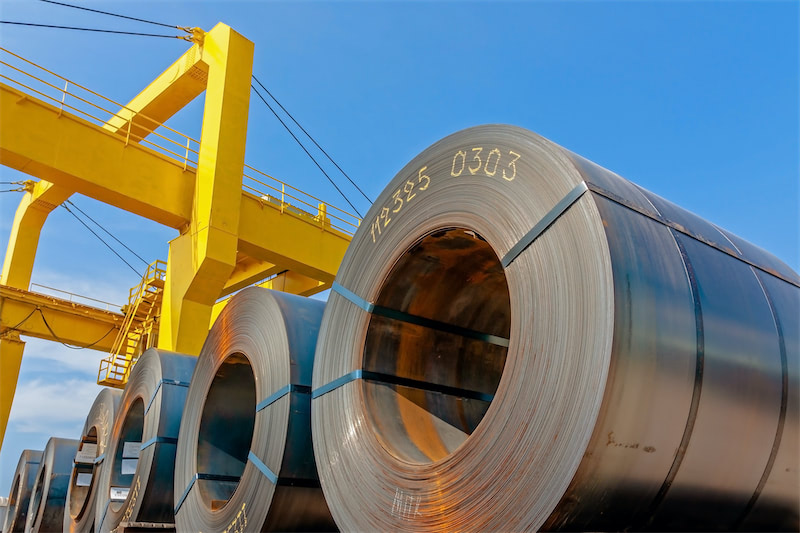






LME Zinc: At the beginning of May, the previous lower-than-expected employment data boosted LME zinc to continue its upward trend. Then, the Fed's hawkish tone together with high overseas zinc ingot inventory temporarily slowed LME zinc's rise. Subsequently, the US March wholesale monthly rate recorded -1.3%, lower than expected, and the market's expectation of a decline in US inflation data was high. The US April CPI data fell as expected, together with the US April retail sales monthly rate being flat and lower than market expectations, reigniting the optimistic sentiment for a rate cut, continuing to support LME zinc's upward trend, pushing it to a more than one-year high. However, the Fed's May meeting minutes continued to be hawkish, reducing the market's bets on multiple rate cuts by the Fed, and thus pushing LME zinc downward. Subsequently, the dollar fell, and LME zinc rebounded. However, the US May Richmond Fed manufacturing index recorded 0, the highest since October 2023, boosting the dollar and hitting LME zinc. The Fed's Beige Book showed that goods prices are expected to continue to rise moderately in the near term, and the market expected rate cut to be delayed again, with multiple factors hitting LME zinc. LME zinc rose first and then fell within the month, with a significant upward shift in the average price.
SHFE Zinc: At the beginning of May, domestic zinc concentrate TC continued to decline, and the ore shortages continued to support zinc prices. Together with frequent positive signals from the domestic real estate sector, the advancement of trillion-yuan government bonds boosted infrastructure expectations, and the continuation of positive domestic macro sentiment, SHFE zinc fluctuated upward. Subsequently, the poor new social financing data in China affected market confidence, slightly lowering SHFE zinc. Then, the announcement of the issuance of ultra-long-term special government bonds in China boosted market confidence, and the favourable real estate policy reignited market sentiment. Together with the further decline in domestic zinc concentrate TC and the pull from overseas markets, SHFE zinc continued to rise. Additionally, the good performance of domestic economic data, macro policy, the gradual recovery of industrial production, and the rising expectations of economic recovery pushed SHFE zinc to rise to 25,365 yuan/mt. Subsequently, the rise in commodity prices paused, domestic downstream purchasing enthusiasm was not strong, and investors took profits from the recent price surge, causing SHFE zinc to fall back. SHFE zinc rose to a more than one-year high, moving at a high level.
Spot Market: In May, spot cargoes mainly traded with discounts. The premiums and discounts in Shanghai were largely stable. In the first half of the month, inventory remained high, and downstream enterprises mainly restocked as needed due to poor consumption, resulting in relatively weak premiums. In the second half of the month, downstream consumption improved, and the support from invoices among traders and some traders purchased cargoes to make warrants as delivery approached, improving transactions and supporting spot premiums. The premiums in Tianjin remained largely stable in May, with normal arrivals from smelters. As zinc prices remained high, downstream enterprises mainly restocked as needed. The overall consumption of galvanising producers was weak, with no improvement in overall consumption, leading to rangebound premiums. In Guangdong, social inventory remained high in the first half of the month, downstream consumption did not improve, spot transactions were poor, and traders sold at large discounts. In the second half of the month, zinc prices fell, and downstream transactions increased, leading to a significant rise in premiums at the end of the month. In June, the premiums in the three regions rebounded and quickly recovered. Zinc prices fell to a level acceptable to downstream, increasing dip buying, and traders raised prices. Downstream has positive expectations for Q3 consumption, but the opening of the import window and the possible inflow of imported zinc ingots may impact the premiums and discounts.
For queries, please contact Lemon Zhao at lemonzhao@smm.cn
For more information on how to access our research reports, please email service.en@smm.cn

